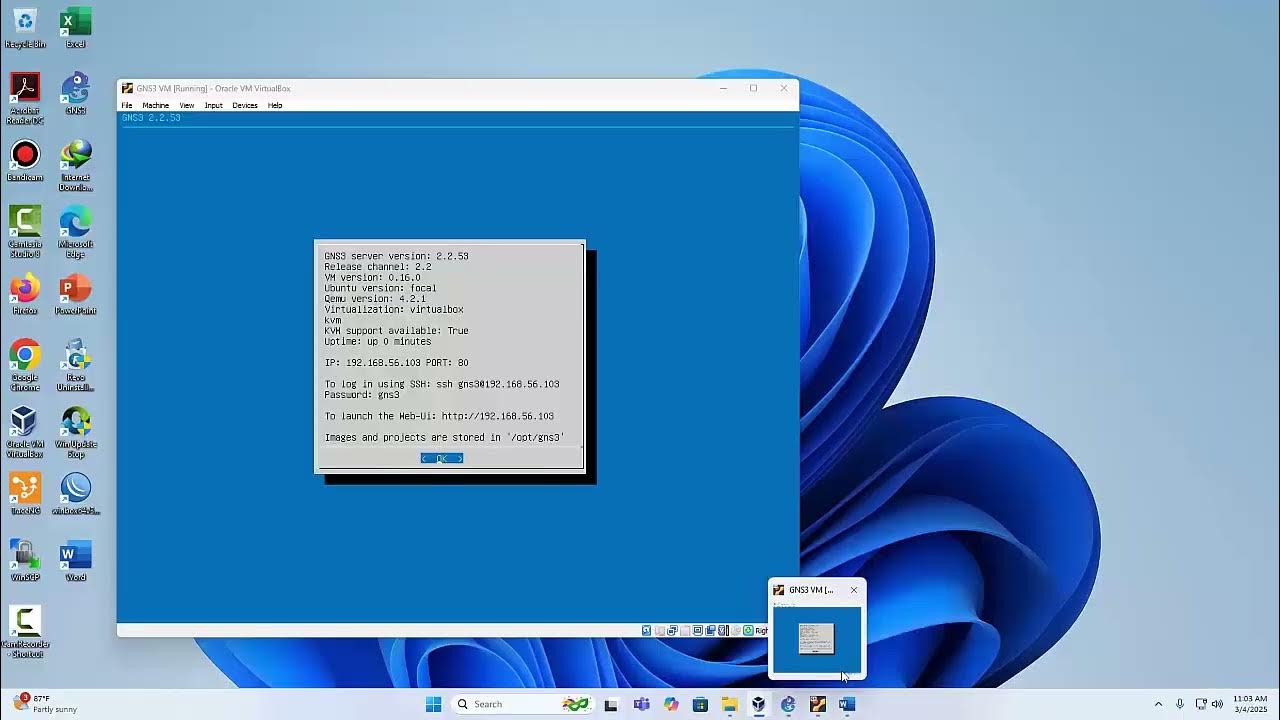Fermentor - Part 2
Summary
TLDRThis detailed script outlines the steps involved in setting up and operating a fermentation process in a lab setting. It includes tasks like connecting various probes and water lines, adjusting temperature and agitation settings, adding glucose and sodium hydroxide solutions, inoculating with yeast, and sampling. The process is methodical, focusing on precision and care, from calibration to fermentation and data collection. The script also highlights cleaning and maintenance procedures to ensure the proper functioning of equipment after fermentation is complete.
Takeaways
- 😀 Sterilize the equipment by connecting water and air lines and attaching probes to the PCU for pH and temperature control.
- 😀 Set up the spectrophotometer by warming it up and setting the absorbency dial to 620 NM, while also preparing the fermentor by heating it to 32°C.
- 😀 Add glucose solution to the fermentor using the peristaltic pump, ensuring the pump is set to 100% power and the tubing is properly connected.
- 😀 Adjust the temperature control to auto mode and set the fermentor temperature to 32°C while adding the glucose solution.
- 😀 Set the aeration rate by selecting the O2 enrichment under the air tab and adjusting the red dial for gas flow.
- 😀 Change the agitation control from off to auto mode and set the fermentation speed to 300 RPM.
- 😀 Calibrate the dissolved oxygen probe by zeroing and spanning it correctly through manual input.
- 😀 Check the pH level to ensure it's between 4.5 and 5 before adding sodium hydroxide solution to the fermentor.
- 😀 Prime the sodium hydroxide addition pump and ensure it's about to drip into the fermentor, then turn aeration back on.
- 😀 Inoculate the fermentor by injecting yeast into the inoculation port with a sterile syringe, ensuring all yeast is added.
- 😀 Begin fermentation by resetting agitation to 300 RPM and clearing the trends data. Samples should be taken every hour, and data exported with a USB drive.
Q & A
What is the first step in the procedure for setting up the fermentor?
-The first step is to connect the water and air lines to the fermentor, then attach the pH probe and the resistance temperature detector to the PCU (Process Control Unit).
How is the fermentor's temperature controlled during the setup?
-The fermentor's temperature is set to 32°C by changing the temperature control from 'off' to 'Auto' and entering the set point of 32°C.
What is the process for adding glucose solution to the fermentor?
-Glucose solution is added by threading the addition bottle tubing through the lowest peristaltic pump, connecting it to one tube on the addition triport, and transferring as much solution as possible into the fermentor.
What should be done before disconnecting the addition bottle after glucose solution transfer?
-Before disconnecting the addition bottle, you must recant the addition triport tubing.
How is the O2 enrichment set during the process?
-O2 enrichment is set by selecting the 'O2 enrichment' option under the air tab and adjusting the gas flow accordingly.
What is the purpose of calibrating the dissolved oxygen probe?
-Calibrating the dissolved oxygen probe ensures accurate measurements of oxygen levels in the fermentor, which is done by setting zero and span values.
What is the recommended pH range for the fermentation process?
-The pH should be between 4.5 and 5 during the fermentation process.
How is the sodium hydroxide pump primed?
-The sodium hydroxide pump is primed by removing the clamps from the pump screen, pressing and holding the prime button, and continuing until sodium hydroxide starts dripping into the fermentor.
What is the correct procedure for adding yeast to the fermentor?
-Yeast is added by filling a sterile 60cc syringe with yeast from a beaker, connecting the syringe to the inoculation port, and slowly pushing down on the plunger until the yeast is added. The port is then re-clamped.
How frequently should samples be taken during fermentation?
-Samples should be taken every hour after the last sample is collected, by using the sterile sampling TBE port and creating a vacuum to draw the sample.
Outlines

此内容仅限付费用户访问。 请升级后访问。
立即升级Mindmap

此内容仅限付费用户访问。 请升级后访问。
立即升级Keywords

此内容仅限付费用户访问。 请升级后访问。
立即升级Highlights

此内容仅限付费用户访问。 请升级后访问。
立即升级Transcripts

此内容仅限付费用户访问。 请升级后访问。
立即升级浏览更多相关视频

How to Start DIGITAL MARKETING Business in Dubai? Digital Marketing Trade License

Melakukan Pekerjaan dengan Mesin Gerinda

Automate any task using ChatGPT! (my full GPT building framework)

Video Pembelajaran Mengoperasikan Vacuum Pump

Como Fazer Éter Dietílico

Pembahasan soal UKK TKJ 2025 Paket 1 di VirtualBox-GNS3 Komplit (part-1)
5.0 / 5 (0 votes)
